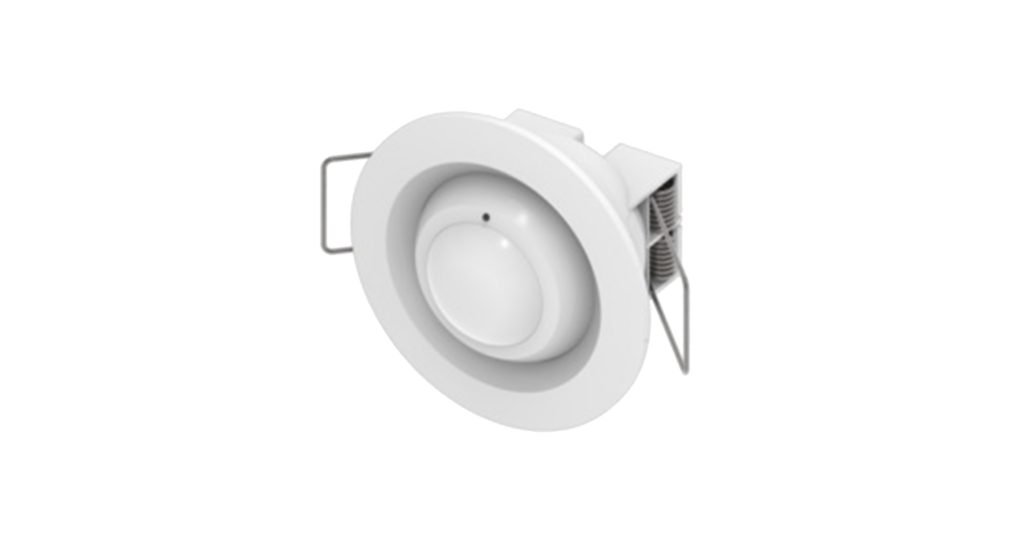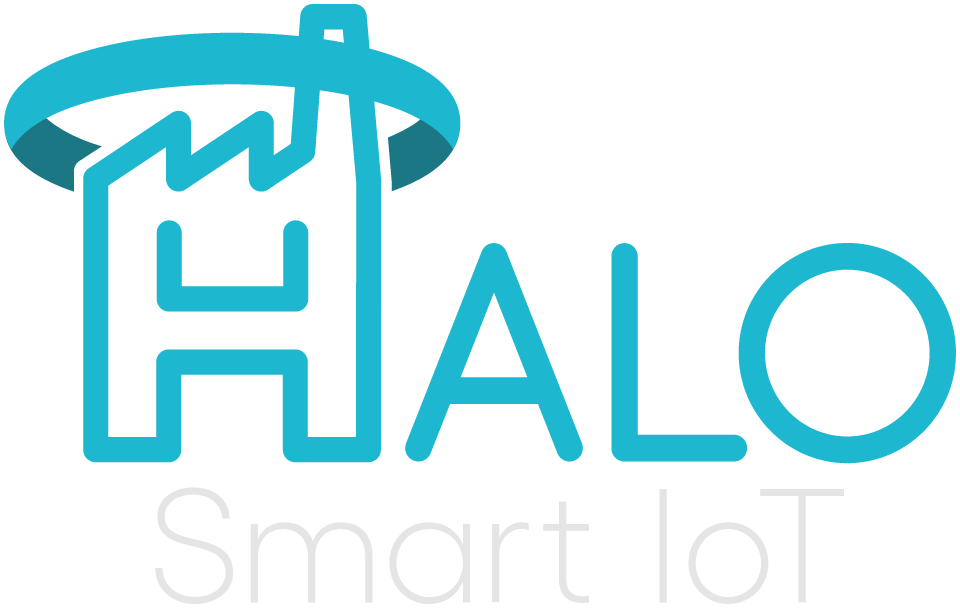Ceiling-mount Sensor
Temperature, occupancy, light level

Combined multi-function battery powered sensor. The ceiling mount comes with sprung clips to be fitted to a ceiling tile or plasterboard.
This device is a security enabled product. It’s a wireless communication protocol designed for home automation, specifically to remotely control applications in residential and light commercial environments. The technology uses a low-power RF radio embedded or retrofitted into home electronics devices and systems, such as lighting, home access control, entertainment systems and household appliances.
Features
- Convenient Ceiling Mount Equipped with sprung clips for easy installation on ceiling tiles or plasterboards, ensuring a hassle-free setup process and seamless integration into existing structures.
- Enhanced Security Incorporates security features to ensure safe and reliable operation, providing peace of mind and safeguarding sensitive data and communication within the system.
- Wireless Communication Protocol Utilises a sophisticated wireless communication protocol tailored for home automation, enabling seamless remote control of various residential and light commercial applications.
- Low-Power RF Radio Technology Incorporates a low-power RF radio technology, ensuring energy-efficient operation and reliable communication with a wide range of home electronics devices and systems.
- Home Automation Integration Compatible with a diverse range of home automation systems, facilitating the remote control of lighting, home access, entertainment systems, and household appliances, promoting convenience and enhancing overall home management.
- Energy-Efficient Design Engineered with an energy-efficient design, ensuring prolonged battery life and minimising power consumption, thereby promoting sustainable and cost-effective operation without compromising on performance.
